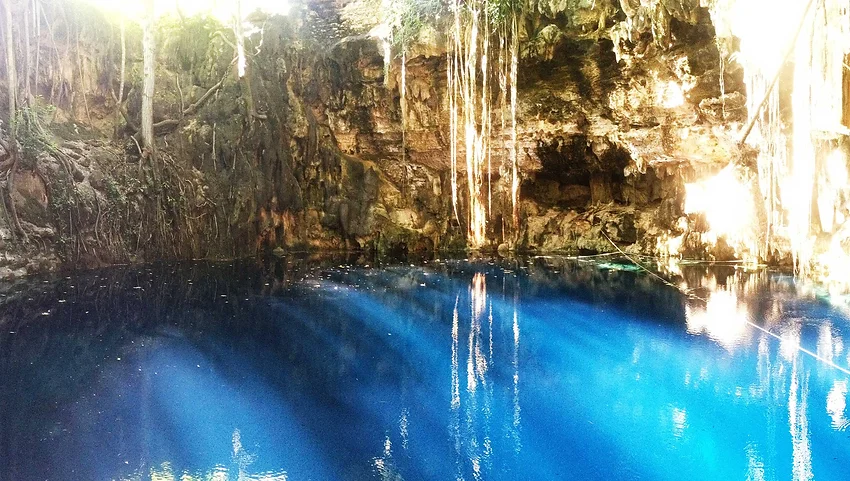
Study of the underground environments and aquatic macrofauna of the cenotes and caves of Yucatán
PhD Project
Autor:
M.C Dalia Angélica de la Cruz F.
Tutor:
Dr. Nuno Simões
In addition to researching troglobial fauna, its objective is to contribute to the management and conservation of Mexican underground ecosystems, which is why it is in favor of disseminating science so that it is available to everyone.
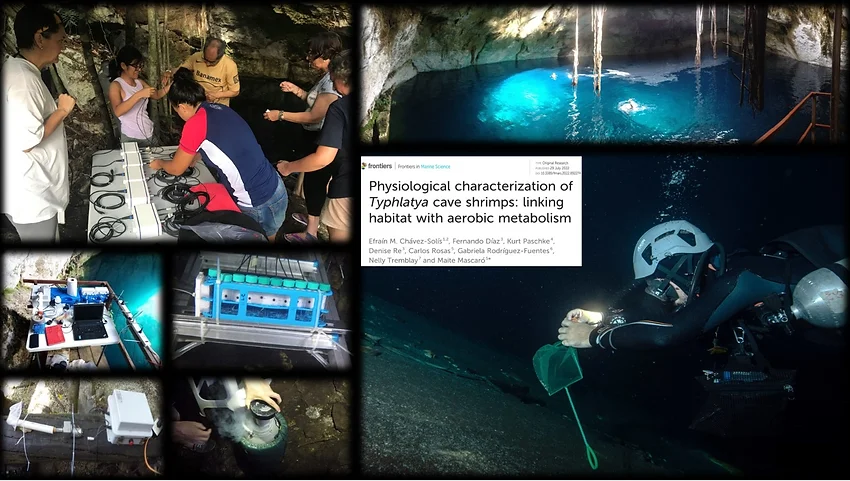
Ecophysiological framework for the conservation of endemic crustaceans of the Yucatan Peninsula
Postdoc Project
Autor:
Dr. Efraín Chávez
Tutor:
Dra. Maite Mascaró
Study the physiological tolerance limits of three Typhlatya species to changes in salinity and dissolved oxygen (overexploitation and pollution scenarios that alter these factors), generating an ecophysiological tolerance framework that recognizes the real risk of these species and promotes the urgent implementation of environmental damage mitigation measures.
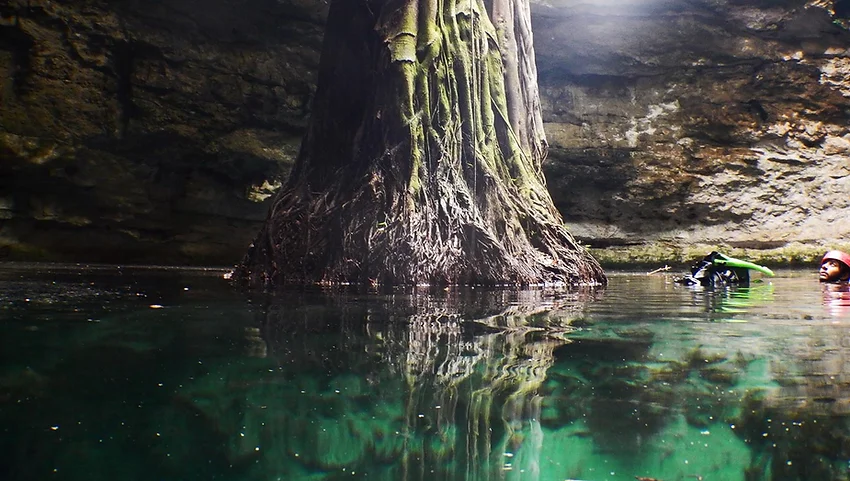
Towards a quantitative definition of cenote
Bachelor Project
Autor:
Kenya J. Moguel Valdivieso
Tutor:
Dr. Nuno Simões.
Karst systems can be so diverse in terms of the relief forms that they manage to acquire thanks to the dissolution of the limestone rock due to the action of environmental factors. Cenotes are one of these particular variants.
Unfortunately, the term is usually used to refer to any other similar karst relief, so it is proposed to give an objective and precise description of them.
In this work we seek to give a mathematical definition of what cenotes are to:
- Know the variables implicit in their construction that distinguish them from other karst formations.
- Formulate predictions related to its development that forges part of the foundations for the establishment of biological diversity.

Comparison of the diversity and abundance of stygobiont fauna in cenotes in Yucatán
Master's Project
Autor:
Biol. Ivonne Trejo Aventura
Tutor: Dr. Nuno Simões
The objective of this master’s study is to search for a correlation of diversity and abundance of stygobiont fauna associated with cenotes that are close to agroindustrial, urban and tourist sites in Yucatan.
Underground ecosystems are being seriously affected by anthropogenic contaminants, however, the impact they have on the diversity and abundance of stygobiont species is still uncertain, which could cause their extinction and water pollution.
The results of this project are expected to provide support for taking future actions that reduce the use of highly toxic products and avoid irreversible effects on the aquifer and the stygobiont fauna. Finally, stygobiont organisms could also be suggested as bioindicators for the detection or identification of contamination.
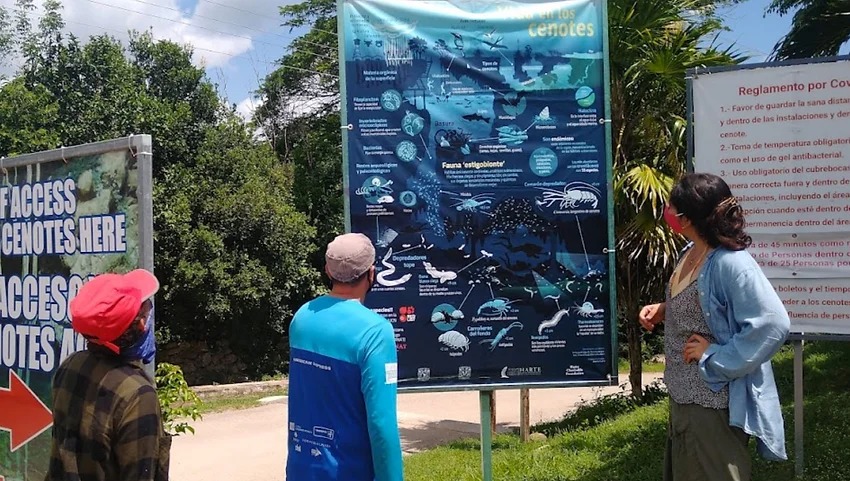
Citizen science of biodiversity associated with the Yucatan Peninsula
Postdoc Project
Autor:
M. en C. Isaac Chacón Gómez
This project, funded by the National Geographic Society, aims to generate a community of citizen scientists and participatory community monitors, who help photographically record the biodiversity associated with cenotes; through the Naturalista application (www.naturalista.mx).
Some of the most important objectives of the project are:
Record and demonstrate that there is a great richness of species around the cenotes.
Raise awareness among tourists about the great biodiversity that exists in the cenotes and generate awareness of the importance of their conservation.
Promote the use of the Naturalista platform as a species registration tool as an ecotourism activity of “nature photography hunting” and as community monitoring.
Obtain scientifically useful data that allows the study of the biodiversity of the region.
Update
In October 2021, the Registry of biodiversity associated with the cenotes of the Yucatan Peninsula was published, which can also be seen at www.biodiversidadencenotes.com
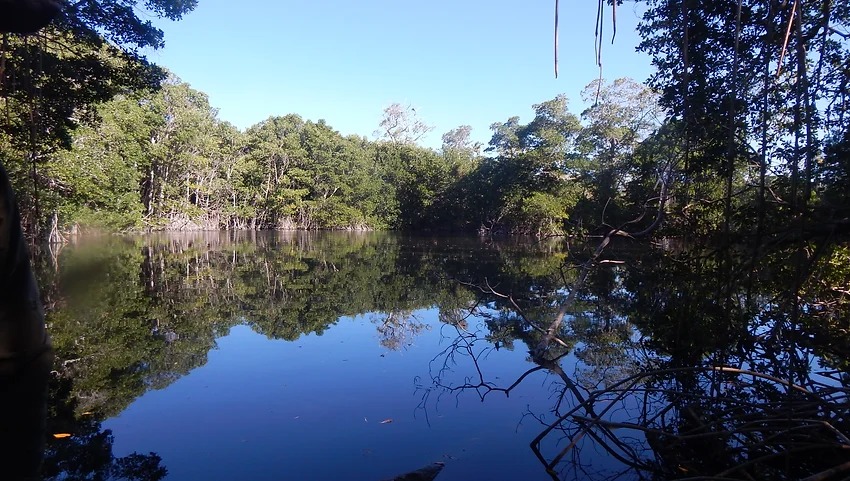
Aquatic biodiversity map of cenotes of the Yucatan Peninsula
Research project PAPIIT-DGAPA IN228319
Autor:
Dr. Nuno Simoes
Contribute with spatio-temporally explicit biological information to the current state of knowledge of the biodiversity of aquatic fauna in flooded caves in the state of Yucatán.
Specific objectives:
Contribute to the description of the distribution, diversity and abundance of aquatic species
Stygobionts in cenotes of the state of Yucatán.
• compile and update database of the diversity and distribution of aquatic species
Stygobionts in Yucatan cenotes.
• update map of the distribution of aquatic stygobiont species in cenotes of Yucatan
• relate observed patterns to characteristics of each cenote
• quantify and describe annual and circadian biological rhythms
• publish data on the website www.cenoteando.org
